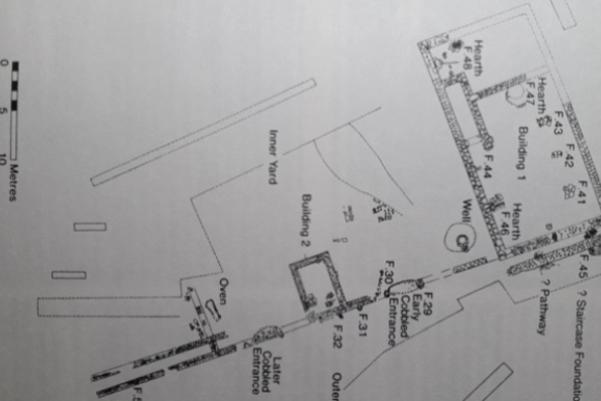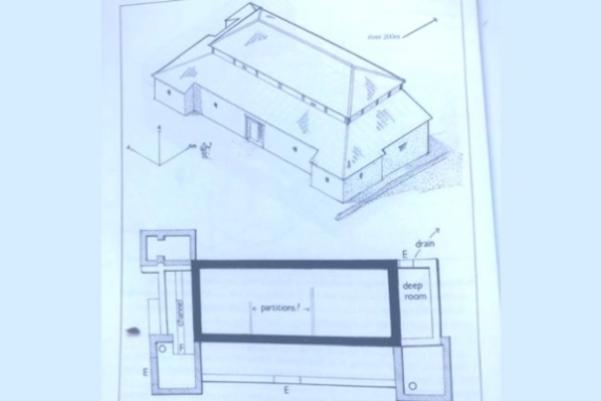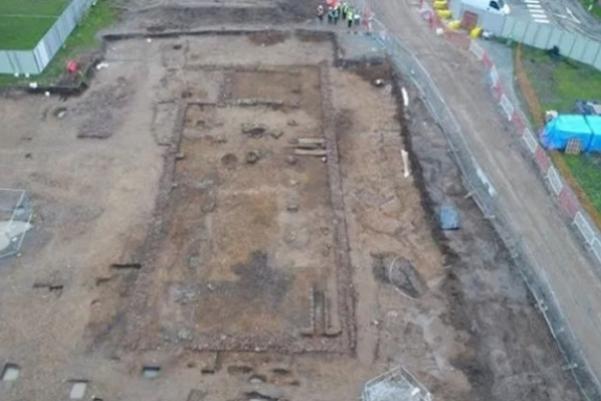Eastern Green Week 8: Roman Building part 1
The excavations at Eastern Green, south of the A45, Coventry, were carried out by L – P : Archaeology (now part of MOLA) on behalf of Orion Heritage and Hallam Land Management. You can read more about the site and the progress of the excavations through these weekly update blogs
So far at Eastern Green, we have found foundations, floor tiles, and roof tiles relating to a Roman building. Based on the pottery finds, which are from everyday pots rather than expensive wares, we can say that this realistically wasn't a high-status building - it was probably a farm, with the surrounding land used for agriculture.
We don’t know exactly when the Roman farm building at Eastern Green was abandoned, but it is likely to have been around 410AD when the Romans withdrew from Britain. By 425AD society across Britain had changed and most culturally Roman buildings, including houses and villas, had been abandoned. Stone from the building, including the rubble foundations, was likely "robbed out" to be re-used in the local area.
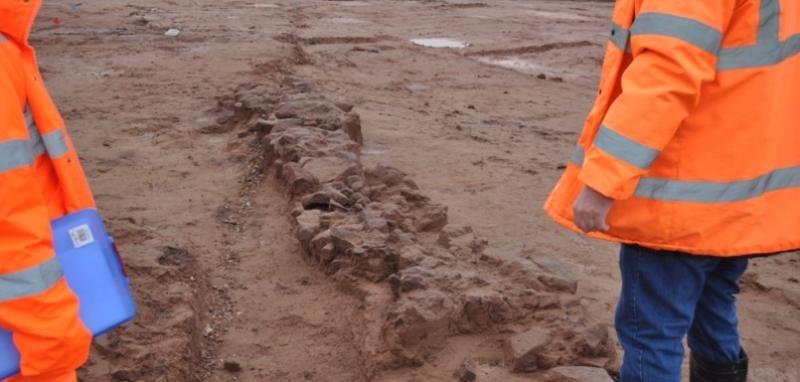
Often when we excavate a building that has been robbed out, we can see an outline of the foundations, however, at Eastern Green, we can't see a full outline. Adam, our project manager has been able to draw out a proposed plan for the building, using information from the excavation, as well as his research into similar Roman buildings in England.
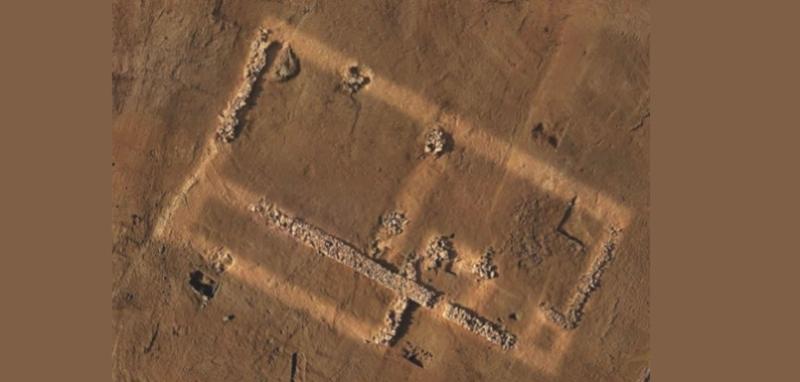
This includes a reconstruction of a Roman farmhouse with a similar footprint to our building, from Sedgebrook in Kent.
Slightly closer to Eastern Green, another Roman building with a very similar footprint was found on Banbury Road in Warwick, in 2018. Like our Roman building at Eastern Green, this was built from locally quarried sandstone and showed evidence of agricultural use. Interestingly, however, it developed into a high-status villa.
A similar progression from farm to villa estate has been noted in other parts of the country. The villa at Empingham in Rutland, discovered in the 1970s, had its beginnings as an aisled house before a hypocaust and other luxuries were added - so the question we have now is: why didn't the building at Eastern Green follow this pattern?
